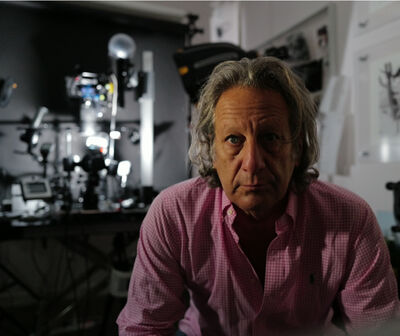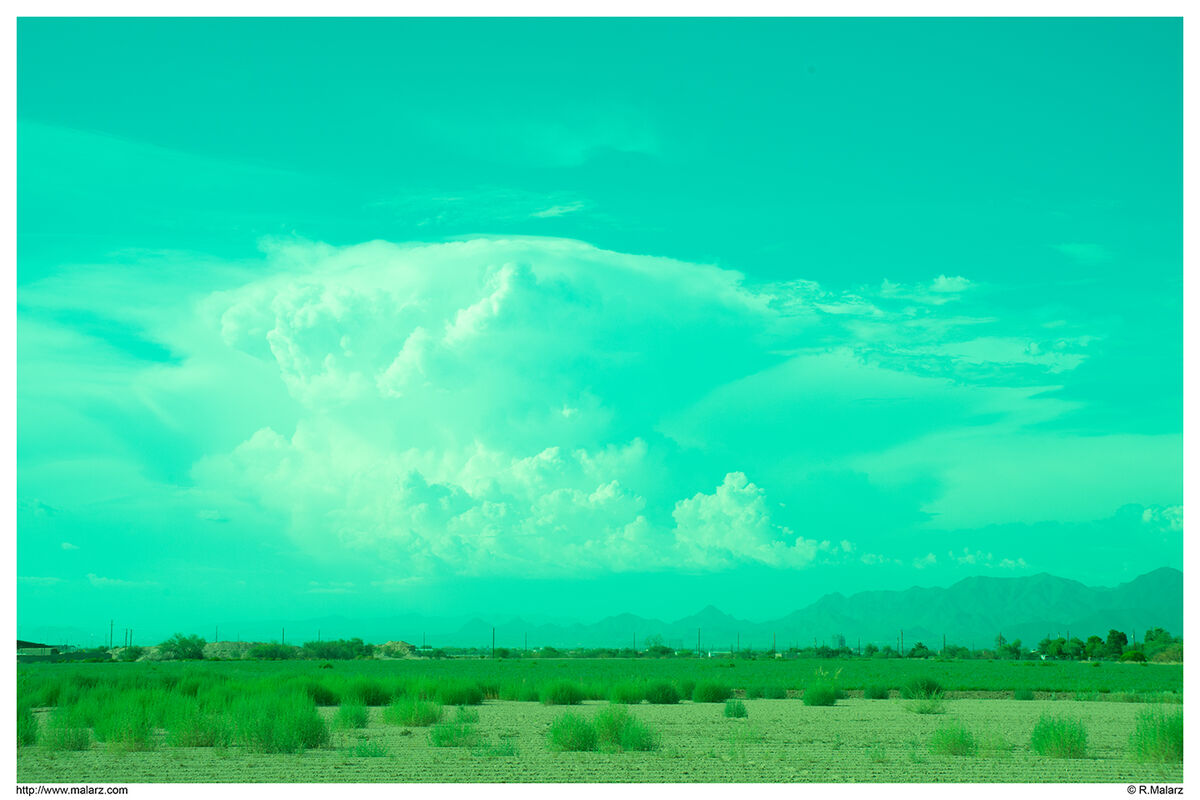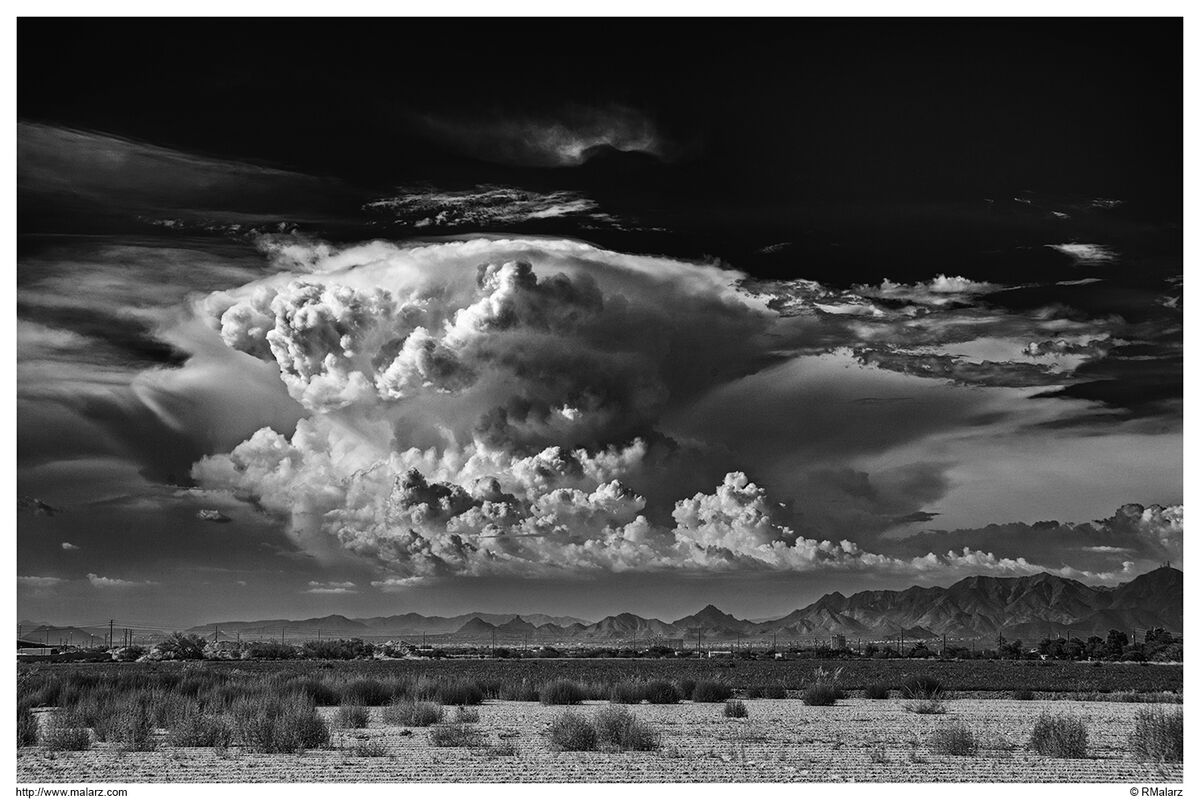Dynamic Range Nikon D850, sensor & histgram?
Sep 7, 2022 19:46:44 #
ON the histogram how many EVs are displayed. According to DxO Labs the sensor has a range of 14.8 EVs. According to Nikon when shooting raw you have extra area outside the histogram that can be used that is not over exposed or under exposed.
This would be helpful since for each reduction of 1 EV from brightest going downward 50% of the colors or tones are lost.
This would be helpful since for each reduction of 1 EV from brightest going downward 50% of the colors or tones are lost.
Sep 7, 2022 21:06:00 #
The Capt. wrote:
ON the histogram how many EVs are displayed. According to DxO Labs the sensor has a range of 14.8 EVs. According to Nikon when shooting raw you have extra area outside the histogram that can be used that is not over exposed or under exposed.
This would be helpful since for each reduction of 1 EV from brightest going downward 50% of the colors or tones are lost.
This would be helpful since for each reduction of 1 EV from brightest going downward 50% of the colors or tones are lost.
8. The reduced display uses a JPG to display the histogram. This is why you should never trust this many times cursed thing.
One way to palliate this is to use the universal white balance UWB. It will still display 8 EV, but it will be closer to the truth as the sensor records green (RGBG so two green channels). This is also behind the reasoning of using ETTR or the use of blinkies when looking at the display.
Sep 7, 2022 22:04:40 #
Rongnongno wrote:
8. The reduced display uses a JPG to display the histogram. This is why you should never trust this many times cursed thing.
One way to palliate this is to use the universal white balance UWB. It will still display 8 EV, but it will be closer to the truth as the sensor records green (RGBG so two green channels). This is also behind the reasoning of using ETTR or the use of blinkies when looking at the display.
One way to palliate this is to use the universal white balance UWB. It will still display 8 EV, but it will be closer to the truth as the sensor records green (RGBG so two green channels). This is also behind the reasoning of using ETTR or the use of blinkies when looking at the display.
Coolness.
I was fresh out of Dramamine anywho.
Sep 8, 2022 02:25:25 #
Rongnongno wrote:
8. The reduced display uses a JPG to display the histogram. This is why you should never trust this many times cursed thing.
One way to palliate this is to use the universal white balance UWB. It will still display 8 EV, but it will be closer to the truth as the sensor records green (RGBG so two green channels). This is also behind the reasoning of using ETTR or the use of blinkies when looking at the display.
One way to palliate this is to use the universal white balance UWB. It will still display 8 EV, but it will be closer to the truth as the sensor records green (RGBG so two green channels). This is also behind the reasoning of using ETTR or the use of blinkies when looking at the display.
Thanks, so with a 14.8 dynamic range on the sensor there will be a large amount of dynamic range not displayed in the histogram.
If the blinkys are shown in the histogram isn't that also 8 EVs?
Sep 8, 2022 07:24:48 #
DaveyDitzer
Loc: Western PA
Rongnongno wrote:
8. The reduced display uses a JPG to display the histogram. This is why you should never trust this many times cursed thing.
One way to palliate this is to use the universal white balance UWB. It will still display 8 EV, but it will be closer to the truth as the sensor records green (RGBG so two green channels). This is also behind the reasoning of using ETTR or the use of blinkies when looking at the display.
One way to palliate this is to use the universal white balance UWB. It will still display 8 EV, but it will be closer to the truth as the sensor records green (RGBG so two green channels). This is also behind the reasoning of using ETTR or the use of blinkies when looking at the display.
what's ETTR and what's a blinkie?
Sep 8, 2022 07:50:53 #
DaveyDitzer wrote:
what's ETTR and what's a blinkie?
ETTR is expose to the right
Blinkies show what is blown out on your lcd. You have to scroll through your view settings to see them. Used in conjunction with your histogram, it is a quick way of seeing if you are over exposed.
Sep 8, 2022 08:17:01 #
DaveyDitzer
Loc: Western PA
Robertl594 wrote:
ETTR is expose to the right
Blinkies show what is blown out on your lcd. You have to scroll through your view settings to see them. Used in conjunction with your histogram, it is a quick way of seeing if you are over exposed.
Blinkies show what is blown out on your lcd. You have to scroll through your view settings to see them. Used in conjunction with your histogram, it is a quick way of seeing if you are over exposed.
Thank you.
Sep 8, 2022 08:31:20 #
DaveyDitzer wrote:
Thank you.
My pleasure! This is important. Use your histogram. Remember, it’s better to darken an image than lighten an image. Lightening brings out the noise. If you don’t blow out (overexpose) your highlights, the information will be there and you can darken without compromising your image. If you are shooting any other mode than manual, use your exposure compensation to move your histogram to the right, without bumping up against the right wall. There are 256 tonal values in 8bit images, the far right is 255, that’s blown out white, no information. Don’t go there unless it’s actually what you want.
Sep 8, 2022 09:18:41 #
Though done with a D800, my exposure/processing is similar when using my D850, or any other digital sensor I use. Rongnongno touched on this in his reply. Personally, I ignore the histogram shown in the camera. I do pay attention to it during processing. Additionally, the camera histogram is derived from the jpg processed in-camera. Using exposure to place the brightest part of a scene in its appropriate Zone (based on the specific camera being used) allows the camera to capture its usable Dynamic Range.
--Bob
--Bob
The Capt. wrote:
ON the histogram how many EVs are displayed. According to DxO Labs the sensor has a range of 14.8 EVs. According to Nikon when shooting raw you have extra area outside the histogram that can be used that is not over exposed or under exposed.
This would be helpful since for each reduction of 1 EV from brightest going downward 50% of the colors or tones are lost.
This would be helpful since for each reduction of 1 EV from brightest going downward 50% of the colors or tones are lost.
Sep 8, 2022 09:33:35 #
Just Shoot Me
Loc: Ithaca, NY
rmalarz wrote:
Though done with a D800, my exposure/processing is... (show quote)
Nice shot. It has the look of impending doom, very dramatic.
Ron
Sep 8, 2022 09:41:56 #
Thanks, Ron. I just wanted to illustrate and expand by example on what Rongnongno posted earlier in this thread.
--Bob
--Bob
Just Shoot Me wrote:
Nice shot. It has the look of impending doom, very dramatic.
Ron
Ron
Sep 8, 2022 09:55:06 #
DaveyDitzer wrote:
what's ETTR and what's a blinkie?
Its graphics that the camera displays concerning the borderline where the highlights lose all details. Your camera has them.
"R" in "ETTR" refers to the right edge of the histogram. Blinkies is vernacular for the "highlight warnings".
Blinkies are in your manual but ETTR is not cuz its just an exceptionally geeky application of the histogram thaz of no concern to most users. Blinkies, OTOH, are in widespread use
Sep 8, 2022 11:53:09 #
Actually, the DR of the 850 is about 11.66 stops/bits (https://www.photonstophotos.net/Charts/PDR.htm). It doesn’t matter what the DR of the sensor is, it matters what the DR of the entire systems is.
You are correct that the histogram, which is limited by the JPEG it’s drives from, is 8 bits, so there is generally room beyond the right edge of the histogram where you can expose before you blow out the highlights, thus, as mentioned, the concept of ETTR or Expose To The Right (of the histogram). That maximizes the dynamic range of the camera system. How much you can increase exposure before blowing highlights depends on the camera. You can test this for your camera and/or rely on the blinkies (highlight warning) which you can enable in your menu. How accurate compared to blown highlights the blinkies are depends on the camera and requires some testing to determine accurately. Some cameras activate the blinkies a stop or more before blown highlights while on some cameras, the blinkies are the absolute upper limit before blown highlights. I’m not sure how far below the max your blinkies are on the D850 - perhaps someone else knows, but there is no substitute for testing YOUR camera if max dynamic range is your goal.
You are correct that the histogram, which is limited by the JPEG it’s drives from, is 8 bits, so there is generally room beyond the right edge of the histogram where you can expose before you blow out the highlights, thus, as mentioned, the concept of ETTR or Expose To The Right (of the histogram). That maximizes the dynamic range of the camera system. How much you can increase exposure before blowing highlights depends on the camera. You can test this for your camera and/or rely on the blinkies (highlight warning) which you can enable in your menu. How accurate compared to blown highlights the blinkies are depends on the camera and requires some testing to determine accurately. Some cameras activate the blinkies a stop or more before blown highlights while on some cameras, the blinkies are the absolute upper limit before blown highlights. I’m not sure how far below the max your blinkies are on the D850 - perhaps someone else knows, but there is no substitute for testing YOUR camera if max dynamic range is your goal.
Sep 8, 2022 13:32:34 #
TriX wrote:
... Some cameras activate the blinkies a stop or more before blown highlights while on some cameras, the blinkies are the absolute upper limit before blown highlights. I’m not sure how far below the max your blinkies are on the D850 - perhaps someone else knows, but there is no substitute for testing YOUR camera if max dynamic range is your goal.
I found that on four different Nikon models including the Z7, all of them started to display blinkies about 2/3 stop before the brightest raw channel reaches its upper limit. That seems to be a corporate standard. And the relationship between the raw limit and the brightest JPEG value is consistent unless you are using some form of in-camera adjustment like Active D-Lighting.
Blinkies will not flash over tiny specular reflections but rather over broader areas like clouds. They are easier to follow than trying to decipher the camera's histograms.
Other brands may also be consistent from model to model. For example, my Fuji and Apple phones will show blinkies or Zebras with no room to spare, when the raw channels are already blown.
With my A7 II the gap is more like 1 to 1.3 stops and the blinkies and Zebra warnings mean about the same thing. But newer Sony models let you narrow that gap.
It's worth the price of a RawDigger license to put your mind at ease with a little careful testing.
Sep 8, 2022 18:18:22 #
The Capt. wrote:
ON the histogram how many EVs are displayed. According to DxO Labs the sensor has a range of 14.8 EVs. According to Nikon when shooting raw you have extra area outside the histogram that can be used that is not over exposed or under exposed.
This would be helpful since for each reduction of 1 EV from brightest going downward 50% of the colors or tones are lost.
This would be helpful since for each reduction of 1 EV from brightest going downward 50% of the colors or tones are lost.
The proper way to do this is with none of the above.
With the D850 (as well as with the D5, D810, D750, D500, D7500, Z7 and all of its Z** brethren) is with NIKON’S HIGHLIGHT-WEIGHTED METERING MODE. It make all of the other approaches obsolete including UniWB, histograms and blinkies. With a little practice it can get you as close as you wish to ETTR. The only thing that comes close are Zebra warnings.
Eventually everyone else will implement it (or Zebra warnings) if they can come up with a catchy name for it that does not remind us that Nikon did it first.
The only situation where it fails is when a light source is prominent in the scene. But then, all of the other approaches can't handle this any better - except for Sunny 16.
If you want to reply, then register here. Registration is free and your account is created instantly, so you can post right away.






